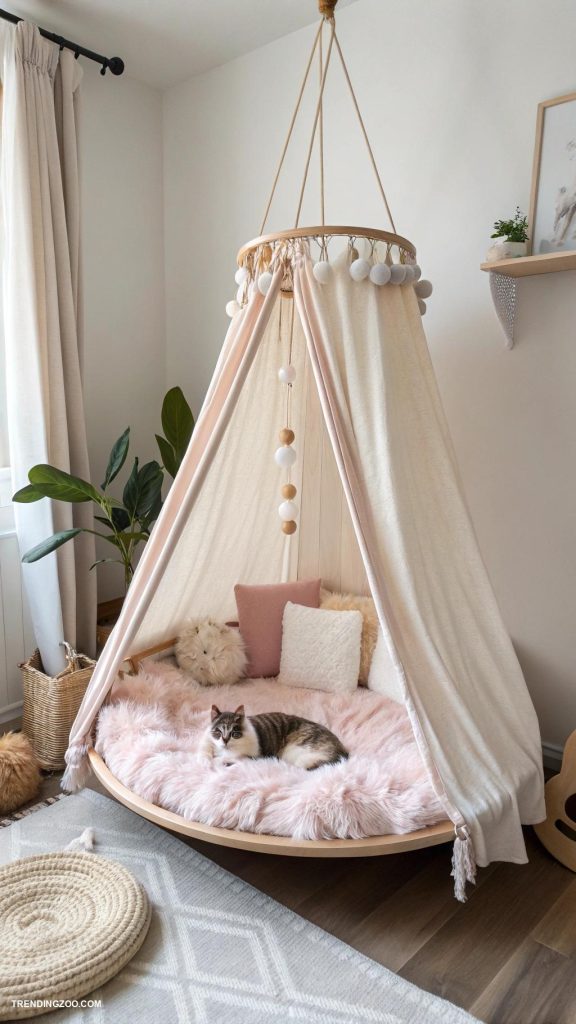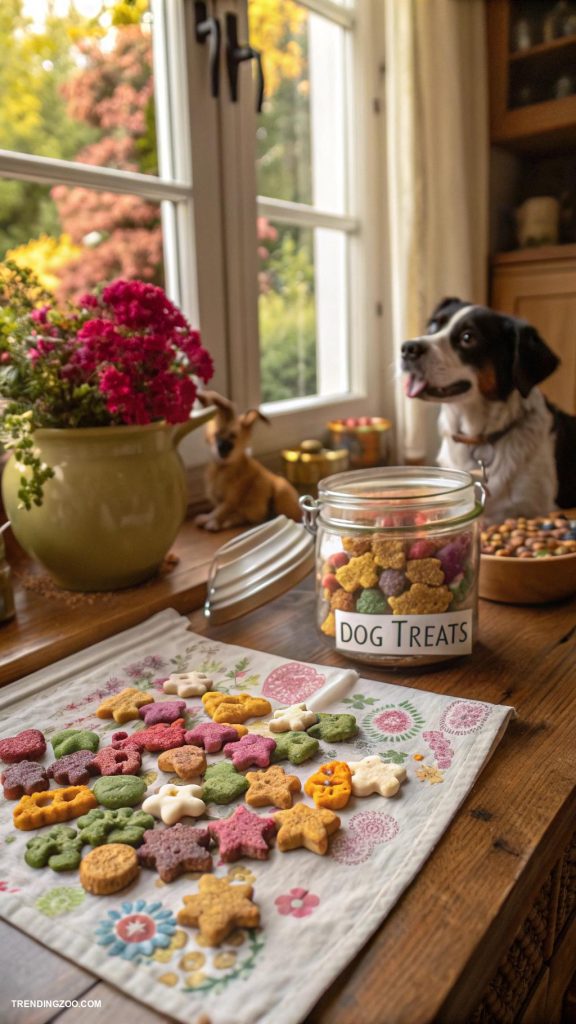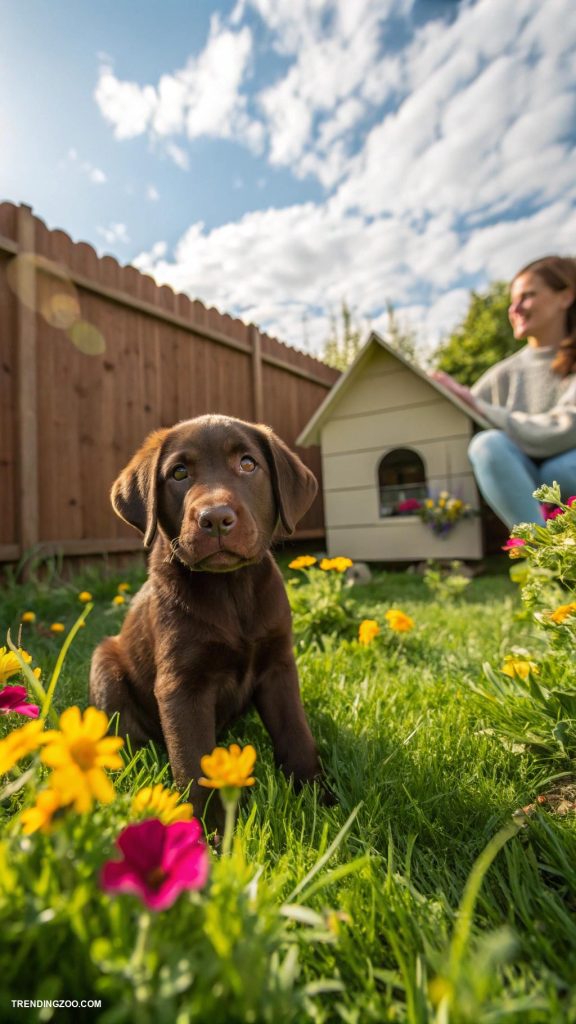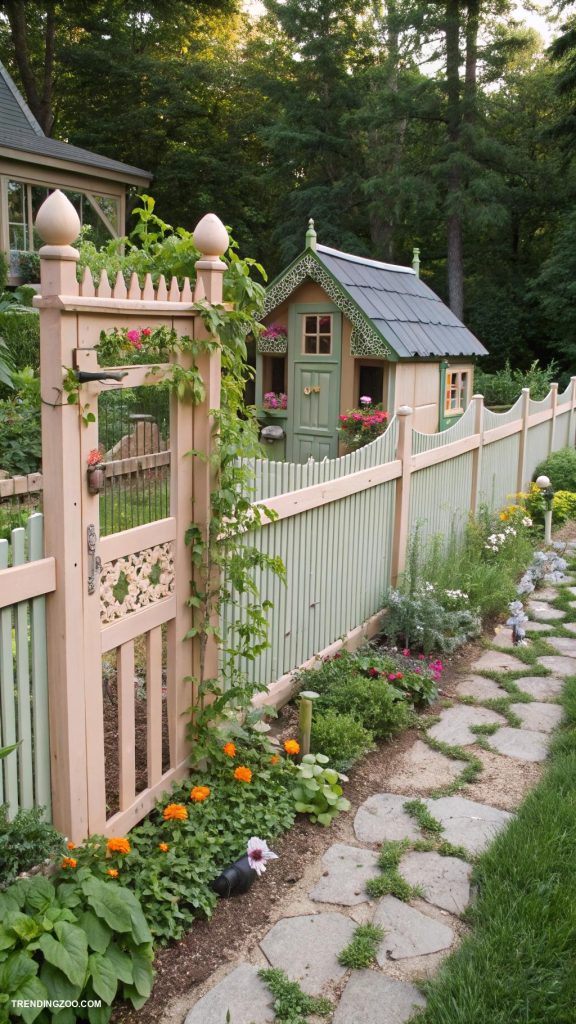The Scottish Fold, with its endearing appearance and playful personality, has captured the hearts of many cat enthusiasts around the world.
Originating in Scotland in the 1960s, this breed is characterized by its unique folded ears, which give it a perpetually curious and intelligent look. But it’s not just its unique physical features that make the Scottish Fold stand out – this breed is also known for its affectionate and outgoing nature, making it a beloved companion for many families.
With their playful pounces, soft purrs, and loving gaze, it’s no wonder that the Scottish Fold has become a favorite among cat lovers. In this article, we’ll delve into the world of the Scottish Fold, exploring its history, characteristics, and what makes it such an amazing pet.
History of the Scottish Fold Cat Breed
The Scottish Fold breed has a fascinating history that dates back to the 1960s. The breed originated in Scotland, where a white barn cat named Susie was discovered to have a natural mutation that caused her ears to fold forward. The mutation was caused by a genetic defect that affected the cartilage in her ears, resulting in a unique and endearing appearance.
In 1961, a local farmer, William Ross, acquired Susie and began breeding her with other cats to perpetuate the desirable trait. The resulting kittens inherited the folded ear gene and went on to become the foundation of the Scottish Fold breed.
Over the years, breeders worked to refine the breed, selecting for not only the folded ears but also a calm and affectionate temperament, a sturdy build, and a wide range of coat colors and patterns.
Despite its relatively recent origins, the Scottish Fold has quickly become a beloved and popular breed around the world, prized for its distinctive appearance and charming personality.
Today, the breed is recognized by cat registries such as the International Cat Association and the Cat Fanciers’ Association, and is enjoyed by cat enthusiasts and families alike.
Physical Characteristics of Scottish Folds
The Scottish Fold is a breed of domestic cat known for its unique physical characteristics, which set it apart from other felines. One of the most distinctive features of the Scottish Fold is its ears, which fold forward and downward, giving the cat a sweet and endearing appearance. This unique ear structure is the result of a natural mutation that occurred in the breed, and it is a key identifying characteristic of the Scottish Fold.
In addition to its ears, the Scottish Fold has a sturdy and compact body, with a broad chest and strong legs. Its coat is typically short and dense, with a soft and silky texture that is often described as “velvety.” The Scottish Fold comes in a wide range of colors and patterns, including solid, bi-color, and tabby, and its eyes are typically large and wide-set, with a bright and expressive gaze.
Overall, the Scottish Fold’s physical characteristics make it a striking and handsome breed, with a unique and endearing appearance that has captivated cat enthusiasts around the world.
Temperament and Behavior
The Scottish Fold is a beloved breed of cat known for its unique physical characteristics, including its folded ears, compact body, and playful demeanor. But what really sets this breed apart is its temperament and behavior. Scottish Folds are renowned for their friendly, outgoing personalities, often described as curious and playful.
They are highly social creatures that thrive on human interaction, loving nothing more than to curl up in their owner’s lap or follow them around the house. They are also known for their intelligence, often figuring out how to open doors, drawers, and even the occasional cabinet.
Their playful nature means they require plenty of stimulation and exercise, whether it’s chasing toys or climbing cat trees. Despite their energetic side, Scottish Folds are also happy to curl up for a good cuddle, making them the perfect companion for anyone looking for a loyal and loving friend.
With proper socialization and attention, Scottish Folds can grow into confident and affectionate cats that bring joy and laughter to their owners.
Care and Maintenance Requirements
Scottish Fold cats are known for their playful, affectionate, and gentle nature, making them a delightful addition to any family. However, like all living creatures, they require regular care and maintenance to stay healthy and happy.
One of the most important aspects of their care is grooming. Scottish Folds have a thick, double coat that sheds heavily, particularly during spring and fall. To keep their coat in tip-top shape, owners should brush their cats daily, paying special attention to areas where matting tends to occur, such as the armpits and behind the ears.
Scottish Fold Cat Pocket Gifts Cat Mom Cat Dad Cat Lover T-Shirt
$16.90 (as of January 8, 2026 15:39 GMT -05:00 - More infoProduct prices and availability are accurate as of the date/time indicated and are subject to change. Any price and availability information displayed on Amazon at the time of purchase will apply to the purchase of this product.)Additionally, regular nail trimming, ear cleaning, and dental care are essential to prevent health issues. It’s also crucial to provide a balanced diet rich in protein and essential fatty acids, as well as fresh water at all times.
Furthermore, Scottish Folds are prone to obesity, so it’s vital to monitor their food intake and ensure they get plenty of exercise through playtime and interactive toys. Regular veterinary check-ups are also necessary to detect any potential health issues early on, such as hypertrophic cardiomyopathy, a common heart condition in the breed.
By following these simple care and maintenance guidelines, Scottish Fold owners can enjoy the companionship of their beloved cats for many years to come.
Health Issues Common in Scottish Folds
As a beloved and affectionate breed, Scottish Folds are prone to several health issues that responsible cat owners should be aware of.
One of the most common concerns is osteochondritis dissecans, a condition that affects the joints, particularly the hips and knees, causing pain, stiffness, and limited mobility.
This genetic disorder can lead to arthritis and degenerative joint disease if left untreated. Another common issue is hypertrophic cardiomyopathy, a heart condition that can cause cardiac arrhythmias and even heart failure.
Scottish Folds are also susceptible to patellar luxation, a condition where the kneecap slips out of place, causing discomfort and pain. They may experience dental problems, such as tooth resorption and gum disease, due to their unique skull structure.
Scottish Fold owners must work closely with their veterinarians to monitor their cat’s health and address any potential issues promptly. With proper care and attention, many of these conditions can be managed, allowing Scottish Folds to live happy and healthy lives.
Training Tips for Scottish Fold Cats
Training a Scottish Fold cat requires patience, consistency, and positive reinforcement. As a breed known for their playful and curious nature, Scottish Folds thrive on interaction and mental stimulation. To start, it’s essential to establish a routine that includes regular playtime and socialization. Begin with short sessions, around 10-15 minutes, and gradually increase the duration as your cat becomes more engaged.
Use toys and feather wands to encourage playful behavior, and reward your cat with treats and praise when they exhibit desired actions. Scottish Folds are also known for their intelligence and problem-solving skills, so provide puzzle toys and hide treats around the house to challenge their minds.
Consistency is key, so set aside dedicated time each day for training and stick to it. With positive reinforcement and a gentle approach, your Scottish Fold cat can learn a variety of tricks and behaviors, from simple commands like “sit” and “stay” to more complex actions like fetching and agility exercises.
Socialization and Interaction with Other Pets
Socialization and interaction with other pets are crucial aspects of the Scottish Fold cat breed’s personality and behavior. Scottish Folds are known for their friendly and outgoing nature, which makes them an excellent addition to families with multiple pets. They generally get along well with dogs, especially if socialized from an early age, and are often described as “dog-like” in their behavior.
They enjoy playing fetch, chasing toys, and even participating in agility training. Scottish Folds are also known to form strong bonds with other cats, particularly if they are raised together from kittenhood. However, as with any breed, it’s essential to introduce them slowly and under controlled circumstances to ensure a smooth transition.
Scottish Folds are generally not territorial and can adapt to living with other pets, including smaller animals like rabbits and guinea pigs. With proper socialization, they can learn to coexist peacefully and even become great companions for other pets in the household.








